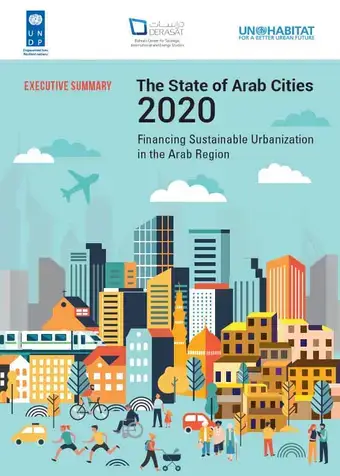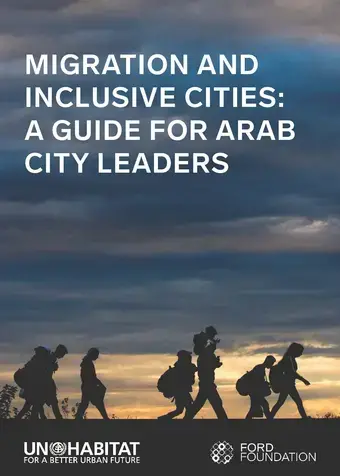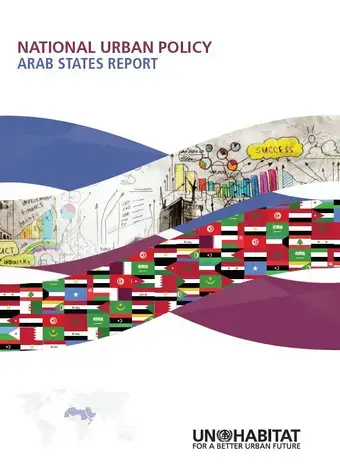Egypt Documents
Abdeen Rennovation - Full Report
Abdeen Square Development; From yesterday to today
Al Maragha City Profile - Arabic
Al-Alamein New City
Berket Al Sabba City Profile - Arabic
Cairo, a City in Transition
Country Profile Egypt English
Country Profile Egypt Arabic
Greater Cairo Urban Development Strategy. Part 1: Future vision and strategic directions
Strategic Development of Greater Cairo - Arabic
Egypt Housing Profile
Egypt Urban Forum Flyer English
Egypt Urban Forum Flyer Arabic
Publications supporting the spatial planning initiatives in Palestine launched
Ramallah, December 19, 2016 - UN-Habitat and its national partner, State of Palestine Ministry of Local Government launched two new publications under the framework of the joint cooperation to defend and advocate for the planning rights of Palestinian communities in Area C of the West Bank that is effectively controlled by the Israeli authorities.
Migration and the New Urban Agenda
 Quito, 2 November 2016 – UN-Habitat organised an event on migration at Habitat III together with the International Organization For Migration (IOM), the Joint Migration And Development
Quito, 2 November 2016 – UN-Habitat organised an event on migration at Habitat III together with the International Organization For Migration (IOM), the Joint Migration And Development
UN agencies call for greater flow of material and funding into Gaza
 Jerusalem 29 August 2016-- On the day marking two years since the 26 August 2014 ceasefire which ended the most devastating round of hostilities in Gaza since the beginning of the occupation in 1967, 16 heads of United Nations agencies in Palestine call for the uninterrupted and predictable flow of m
Jerusalem 29 August 2016-- On the day marking two years since the 26 August 2014 ceasefire which ended the most devastating round of hostilities in Gaza since the beginning of the occupation in 1967, 16 heads of United Nations agencies in Palestine call for the uninterrupted and predictable flow of m





 Surabaya, 26 July 2016 – The League of Arab States in collaboration with UN-Habitat Regional Office for Arab States organised a side event at Habitat III PrepCom3 in Surabaya, Indonesia - Towards an Arab Urban Agenda.
Surabaya, 26 July 2016 – The League of Arab States in collaboration with UN-Habitat Regional Office for Arab States organised a side event at Habitat III PrepCom3 in Surabaya, Indonesia - Towards an Arab Urban Agenda.